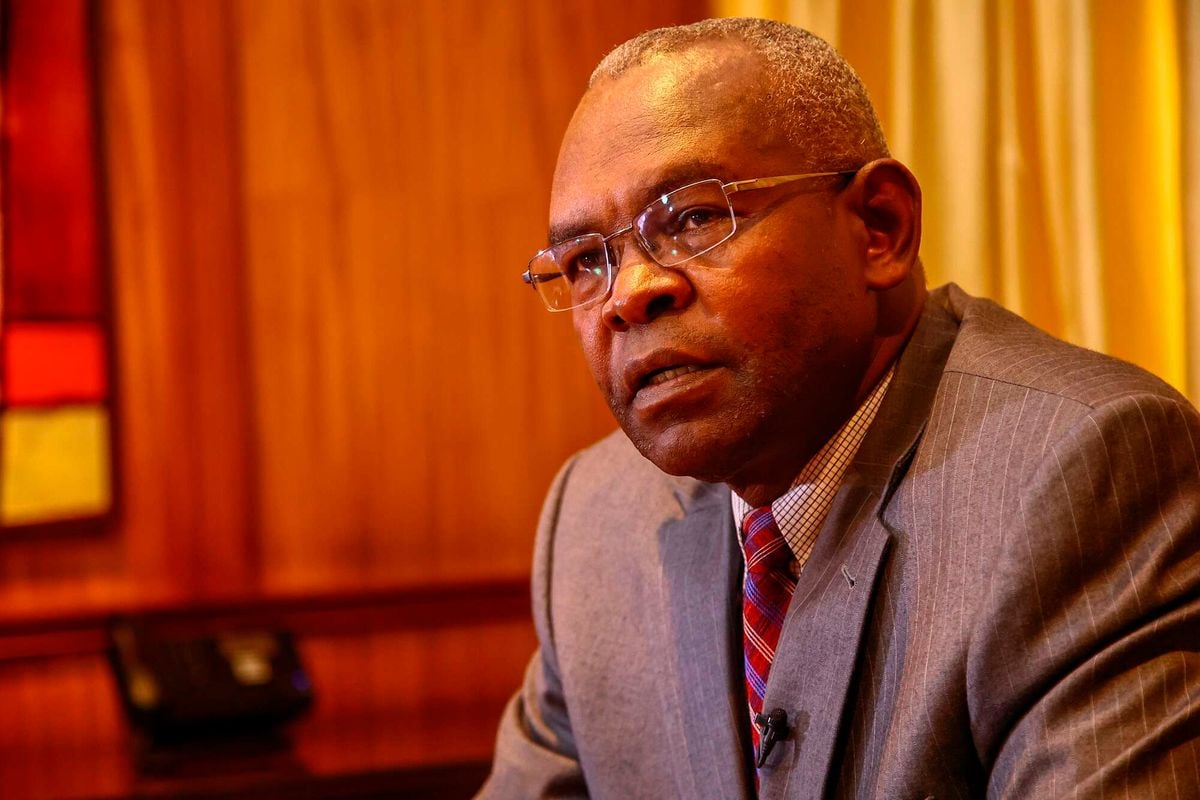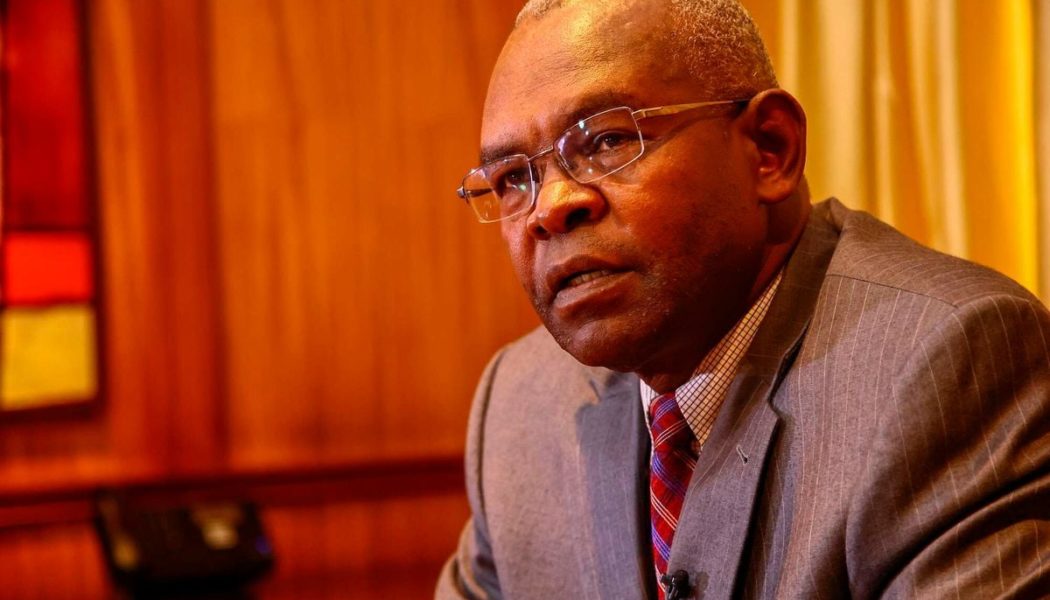
Less than one percent of Kenya’s bank accounts held more than Sh500,000 last year, highlighting Kenya’s poor savings culture and the growing income inequality.
Central Bank of Kenya (CBK) data shows that 800,000 high-quality depositors accounted for 0.74 percent of all banks accounts that held 85 percent of Sh5.83 trillion deposits.
The small share of moneyed accounts offers a sneak peek into Kenya’s growing income inequality, where wealth is concentrated in the hands of a small segment of the population.
Kenya’s economy has grown on average by 5.0 percent annually over the past decade, but the benefits have not been equally distributed, and the gap between rich and poor is rising, analysts argue.
The number of super-rich in Kenya is among the fastest growing in the continent, yet the economic benefits have not trickled down to the majority of Kenyans quick enough.
CBK data shows that the number of high-quality accounts increased from 600,000 in the year to December 2022, reflecting a jump of 33 percent.
The Kenya Deposit Insurance Corporation (KDIC) — an independent State agency that manages deposit refunds in collapsed banks — in July 2020 raised compensation for depositors in collapsed banks to Sh500,000 from Sh100,000 to help ease the discomfort with the small lenders.
“Banks held Sh5.8 trillion customer deposits as of December 2023. Out of this, deposits insured by the fund amounted to Sh857.8 billion, translating to 14.7 percent of fully insured deposits in the event of a bank failure,” CBK said.
The banks’ high-value accounts are split between a few wealthy individuals and the combination of funds from public and private sector enterprises.
The earnings inequality has partly been attributed to the previous centralised system of government, which guided sharing of resources since Independence.
The devolved system of government, which took off in 2013, raised hopes of addressing the economic imbalance, as analysts say there is a need to offer incentives to attract private investors to counties and spread the wealth.
America’s biggest bank JPMorgan Chase has overlooked Kenya’s multi-millionaires and high-net-worth investors after deciding not to offer asset and wealth management (AWM) services in its upcoming Nairobi office.
Analysts reckon the small share of multimillionaires in Kenya relative to Nigeria and South Africa was less attractive to JPMorgan, whose assets of more than $4.2 trillion (Sh542.6 billion) are nearly 43 times bigger than Kenya’s GDP.
The total cash in accounts with over Sh500,000 has increased to Sh4.98 trillion from Sh4.02 trillion last year.
The mounting bank deposits are an indication that wealthy individuals and firms opted to save rather than seek new areas in which to invest in Kenya’s soft economy.
The well-wheeled and cash-rich firms were also encouraged to pile their savings by the high deposit rates that rose to double digits for the same time in over a decade.
Top lenders continued to command the lion’s share of high-quality accounts, with the leading three banks — KCB, Equity and NCBA Group — accounting for more than two-thirds of the accounts holding more than Sh500,000.
Equity Bank, which focuses on the low-income segment of the market, marked by small individual deposits in many accounts, had 124,098 high value accounts from 419,736 in 2022, says CBK.
NCBA Bank Kenya held the highest number of high-quality depositors with 416,481 accounts, up from 146,396 in 2020.
KCB Bank had 113,368 of the high-value accounts.
UBA Kenya Bank Limited held the least number of accounts with deposits in excess Sh500,000 at 603. The Development Bank of Kenya had 714 accounts while the Middle East Bank had 883.
Depositors and investors in Kenya were rattled in 2015 when the CBK took control of three mid-sized lenders — Chase Bank, Imperial Bank and Dubai Bank– after the banks ran into financial trouble.
This triggered panic withdrawals from smaller banks and a shift of cash to the larger lenders that were considered stable in what was dubbed “flight to quality”.
The CBK data shows that small banks controlled 4.95 percent of the high-quality accounts, says the CBK.
The increased compensation in the event of a collapsed bank to Sh500,000 was the first in over 30 years.
The low compensation had exposed wealthy savers to higher losses in the event of bank closures because the refund was not adjusted to take into account changing economic realities over the three decades.
The revised cap now covers 14.7 percent of all bank deposits from the previous eight percent, but remains below the 20 percent mark, which is considered best practice by the International Association of Deposit Insurance (IADI).
KDIC is funded by charging commercial banks a small percentage of their deposits in the form of insurance.









